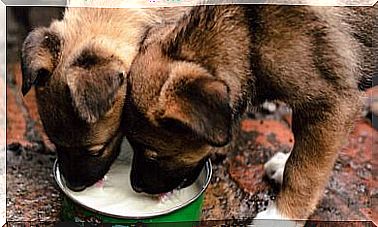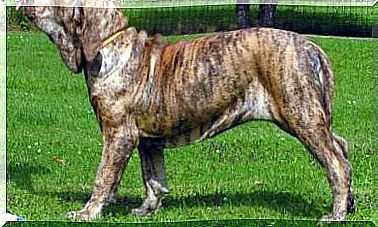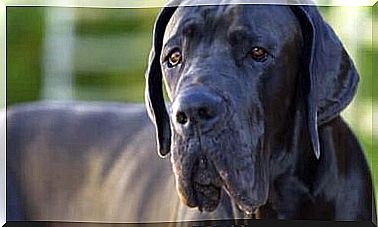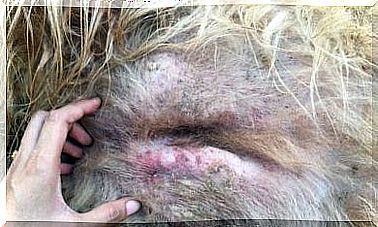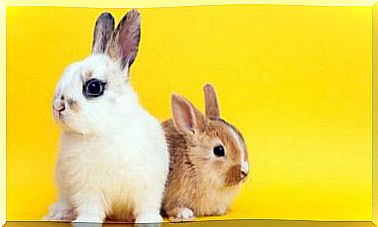House Sparrow: Is It Critically Endangered?
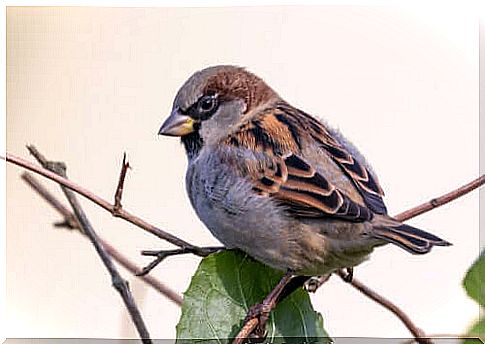
The house sparrow (Passer domesticus) is one of the most famous city birds. You can see it in parks, on terraces, sidewalks and wherever a crumb of bread falls on the ground.
His trust allows him to approach crowded places without fear, and even the hand of anyone who gives him something to eat. But as soon as he has what he wants, he flies away to a safe distance.
How do you recognize the house sparrow?
The house sparrow measures approximately four to six inches and is generally sturdy. Both males and females have pink legs. But there are other characteristics by which they can be easily identified.
The male:
- The male has a gray crown with maroon spots delimiting the crown. These extend to the cheek and neck, which are colored light gray. There is a black stripe between the beak and the eyes, reminiscent of a mask.
- The thick bill is gray-black and the legs are light brown.
- During courtship its beak turns completely black and in autumn it returns to its brown color.
The female:
- The female has gray-spotted plumage with a brownish tinge on the wings, crown and tail.
- Also, it has a slight streak between a brown stripe and a brown crown. The female’s beak is always grayish towards the tip and yellowish at the base.
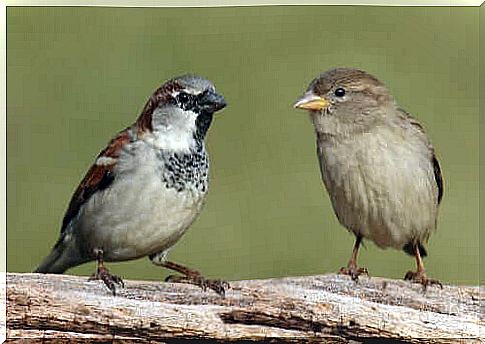
Is the house sparrow a nuisance?
The house sparrow uses the waste produced by humans as food and in some areas feeds on it almost exclusively. Therefore, given its dependence on human activities , the bird is very rarely found in uninhabited places.
Basically, its diet consists of seeds, regardless of whether it is wild or cultivated. In rural areas, it often steals feed from farm animals, which is why it is not particularly popular.
In the warm season, this bird feeds on insects, mainly grasshoppers and grasshoppers, which it specializes in catching. He feeds his young with these insects.
The house sparrow plays an important ecological role. And he does this in a very simple way by varying his diet. While it eats fruits, dried berries and seeds in winter, it hunts invertebrates in summer: beetles, cicadas, grasshoppers, crickets, aphids, spiders, flies and moths.
Urban Adaptation Experts
House sparrows mate for a lifetime. They are devoted companions and parents. They have adapted to live and nest in every corner of the city imaginable.
In a street lamp, on air conditioning systems, in crevices on the outside of buildings, on harbor posts and between window bars. In these artificially created niches they build their nests with dry grass, feathers and cords.
The house sparrows have the unusual behavior of bathing in areas of dusty soil, usually in large groups. Each bird creates a depression and throws dust on its feathers to fight the parasites, somewhat reminiscent of the elephant’s dust bath.
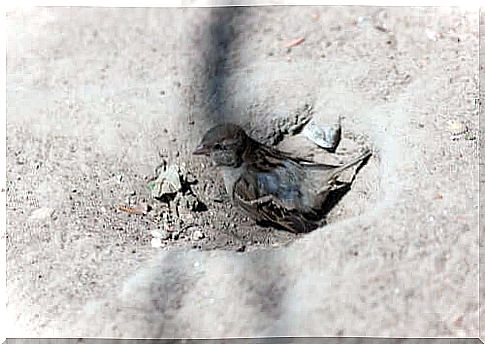
Model bird for scientific studies
The house sparrow became a kind of “model bird” for behavioral and ecological studies in the second half of the 20th century.
This is because it is so numerous and because it can reproduce easily in nesting boxes. Other species studied besides the sparrow are the zebra finch, the rock dove and the red-winged blackbird.
Today the species is still so widespread that it is the focus of several research programs in both North America and Europe . The house sparrow has been the subject of numerous scientific articles.
Is the number of house sparrows decreasing?
In Spain, the house sparrow is described as a species common across the country in urban areas, with the birds preferring altitudes between 0 and 1,000 meters.
In general , the size of the populations is related to the average spring temperature, a minimum altitude and the percentage of arable land.
In contrast, the sharp decline in house sparrow populations in Great Britain is well documented.
So far it has been thought that the causes are very complex and that changes in agricultural practices are partly responsible as they reduce the availability of food for these birds.
In addition, competition with other birds, the loss of nesting sites in cities and the usual problems associated with pesticide use also play an important role.
